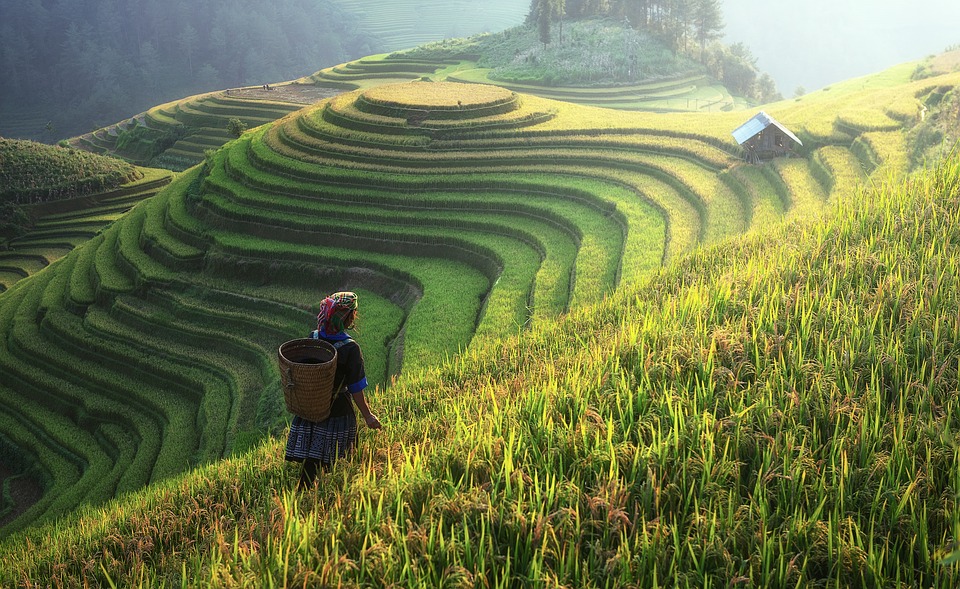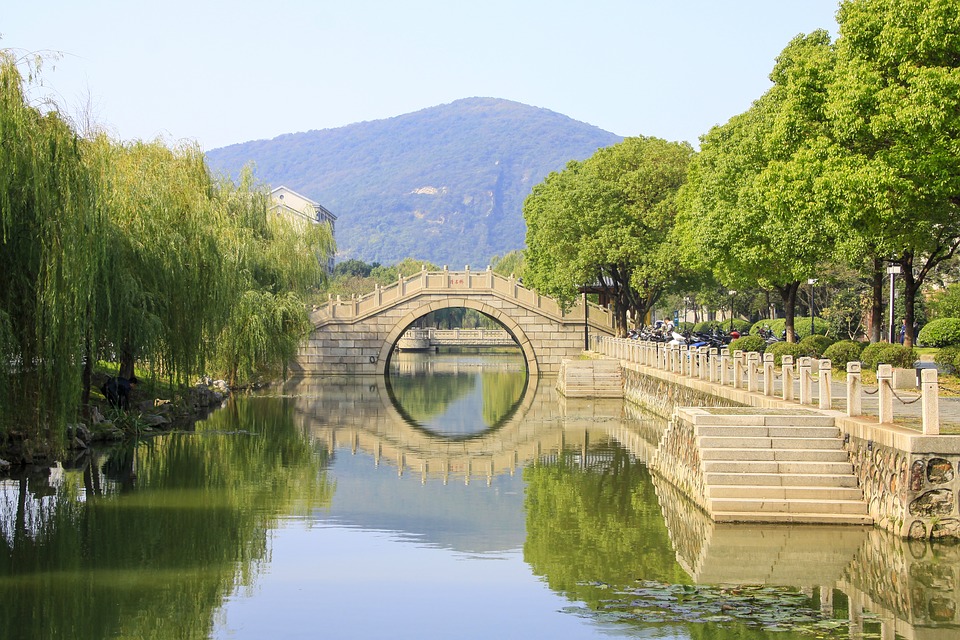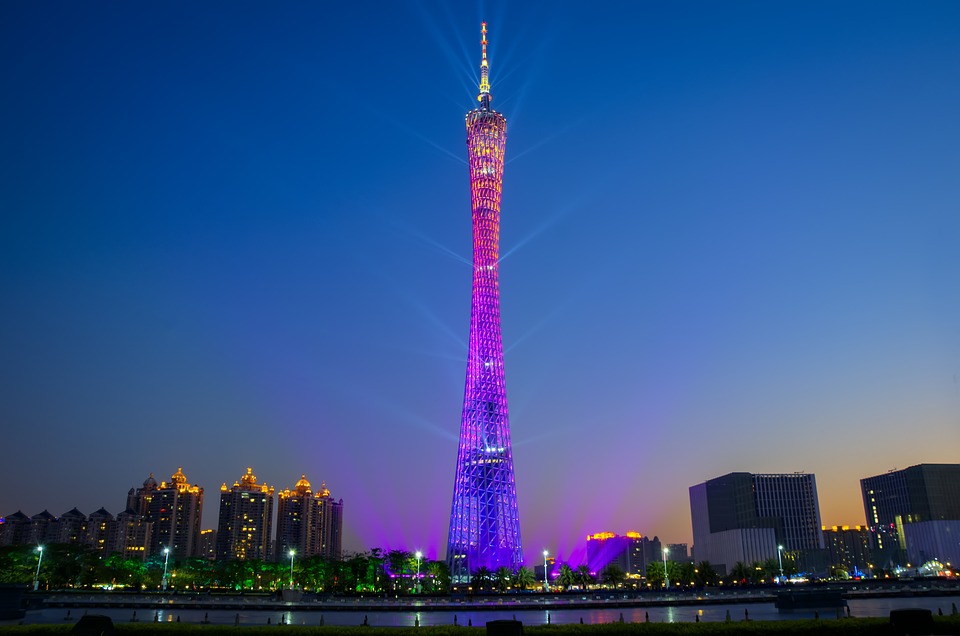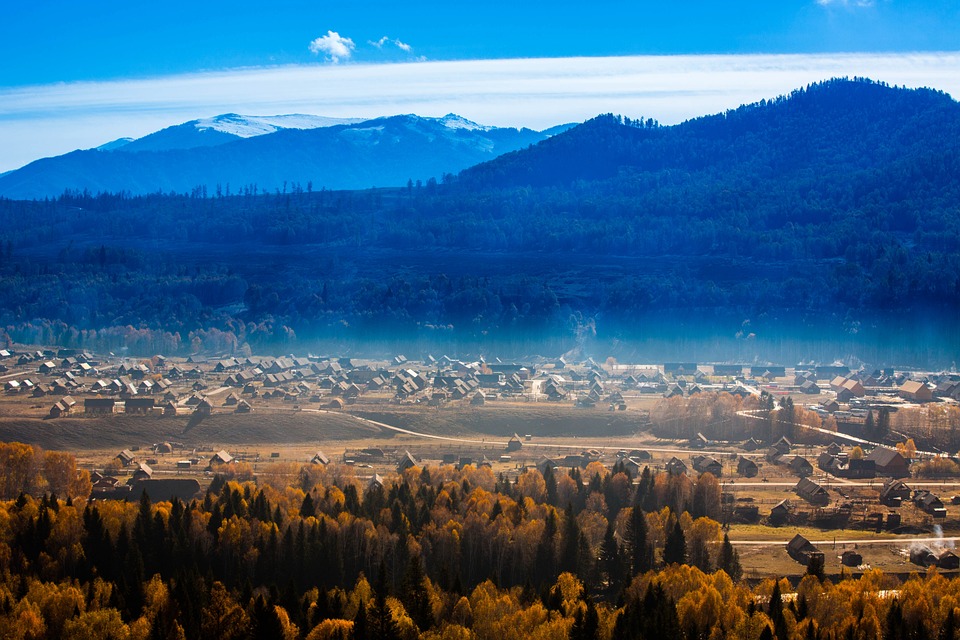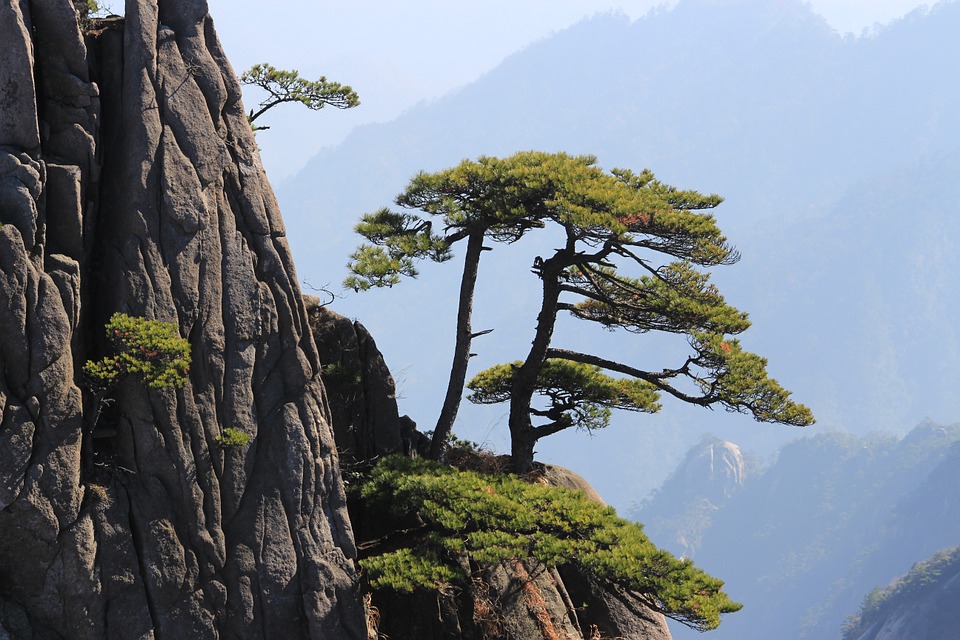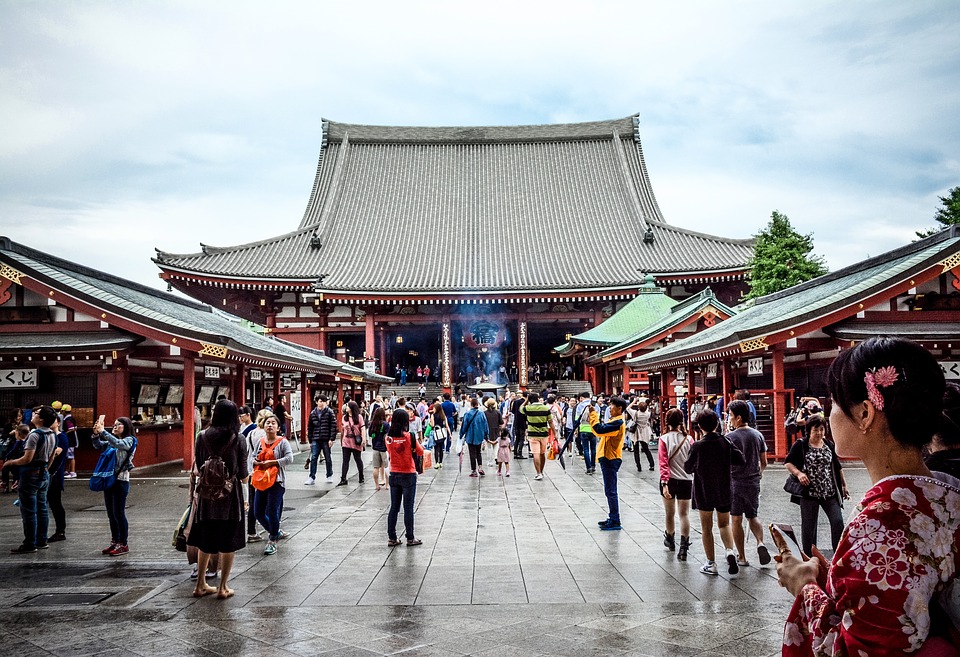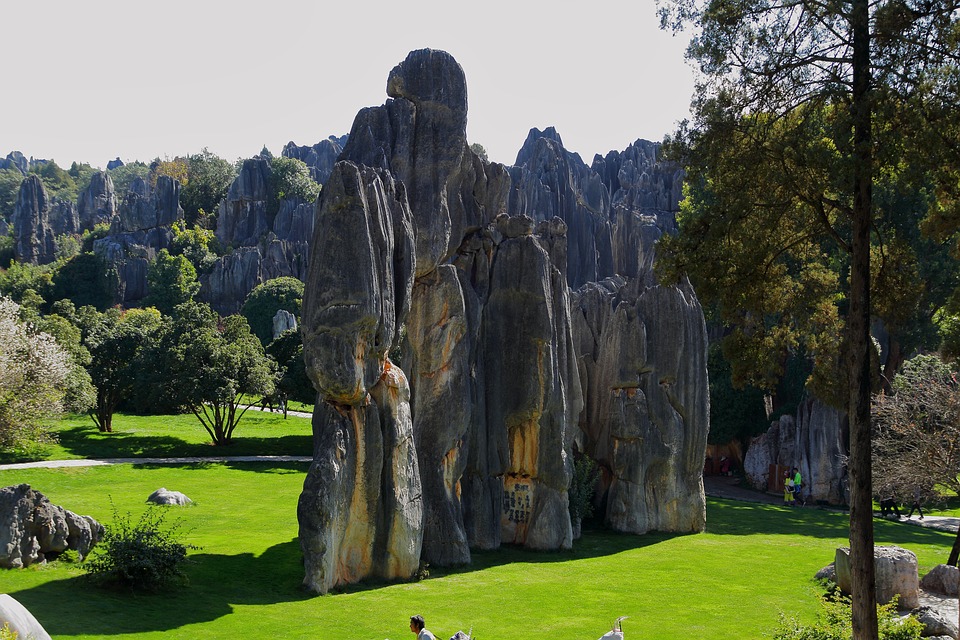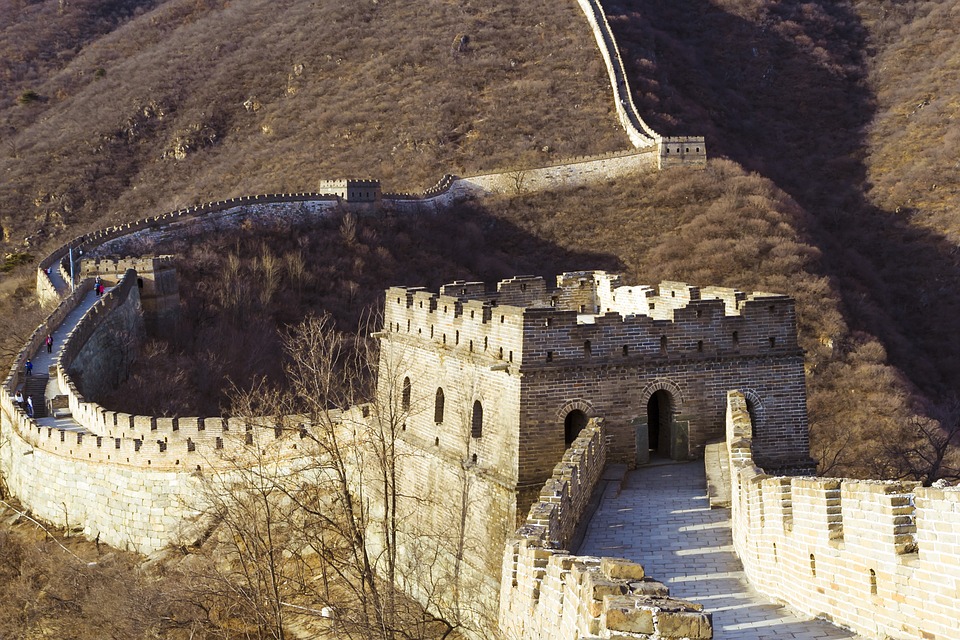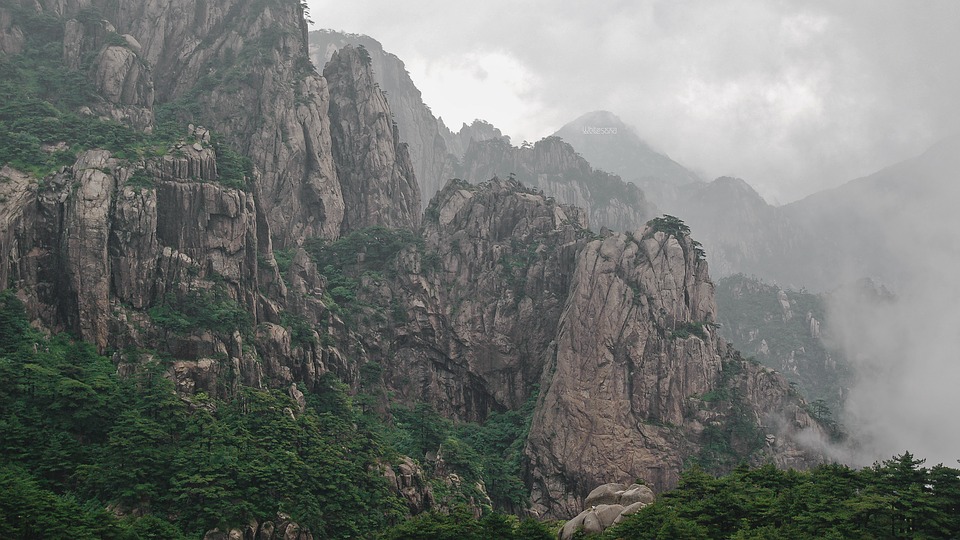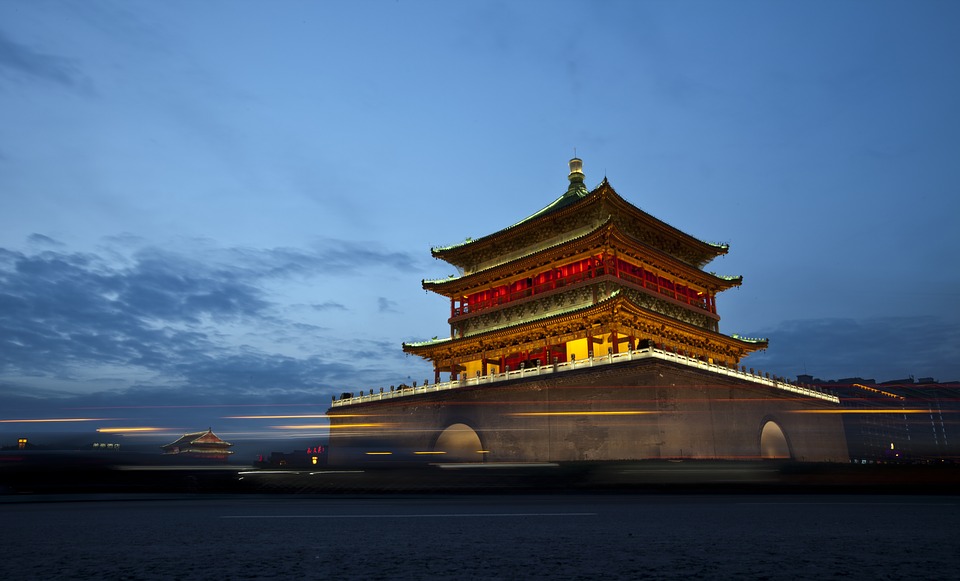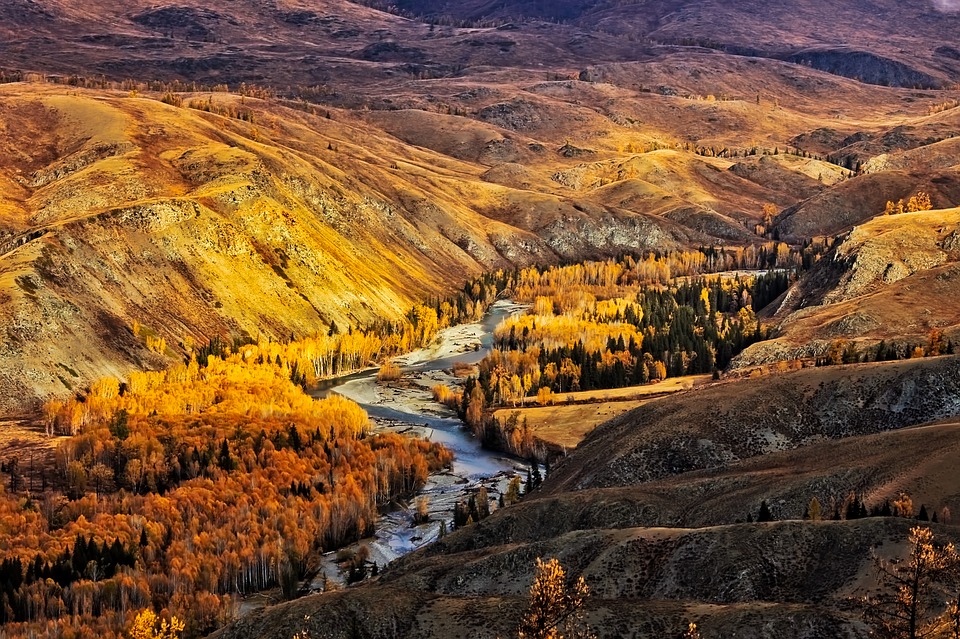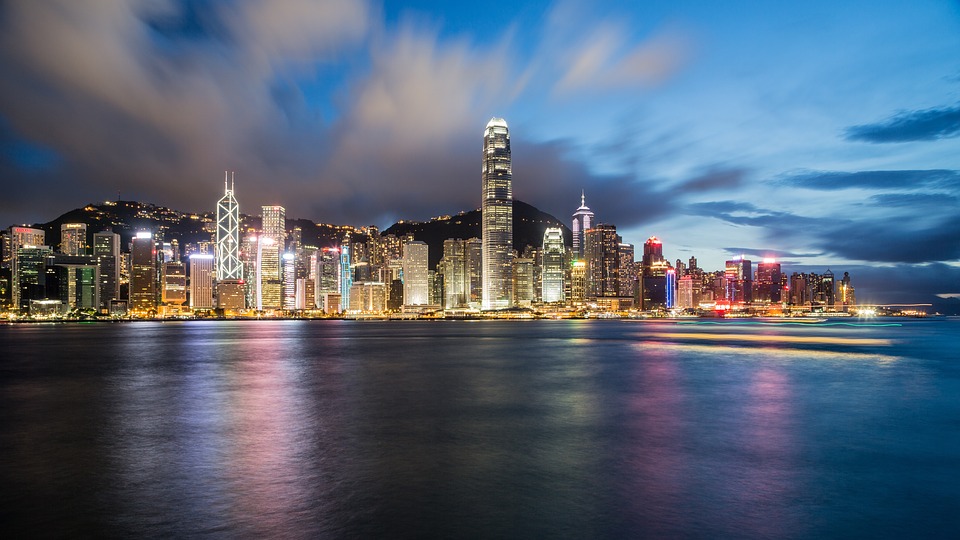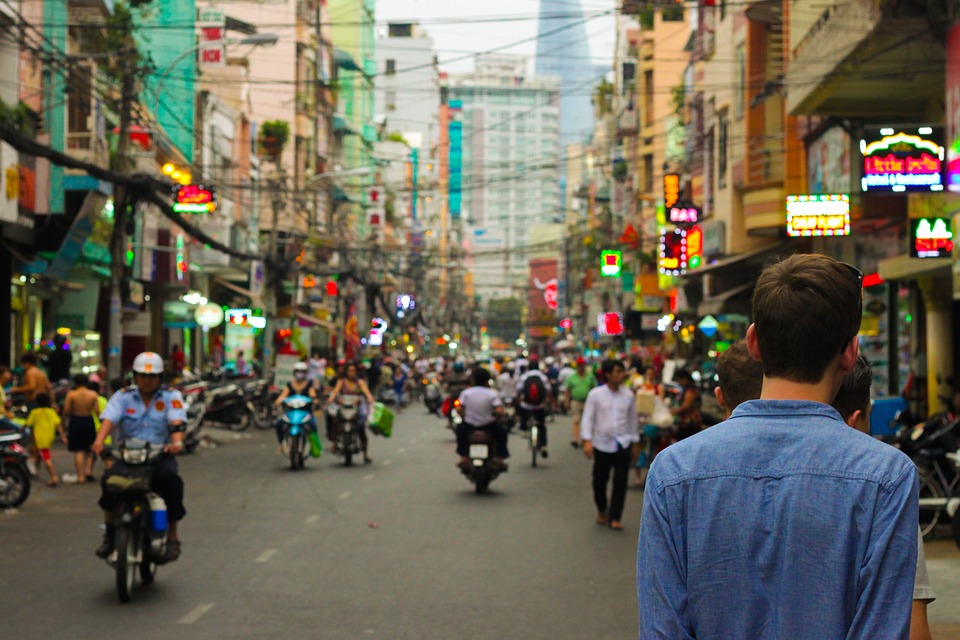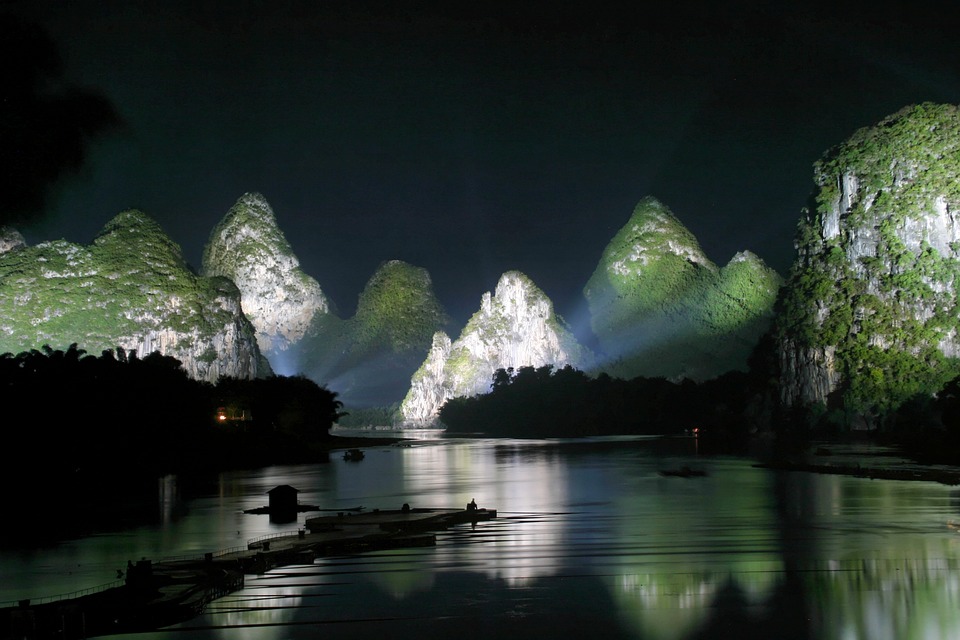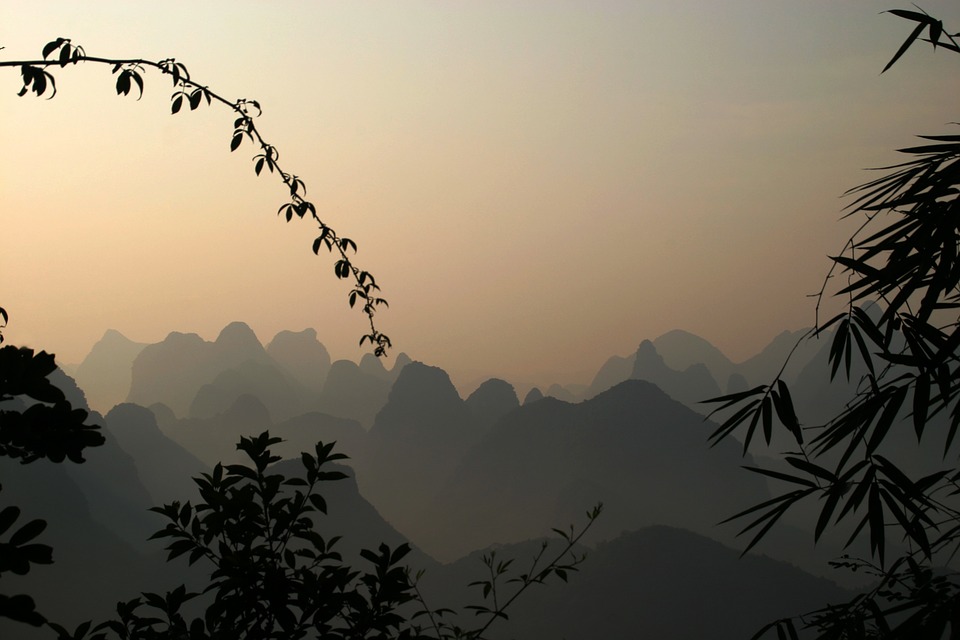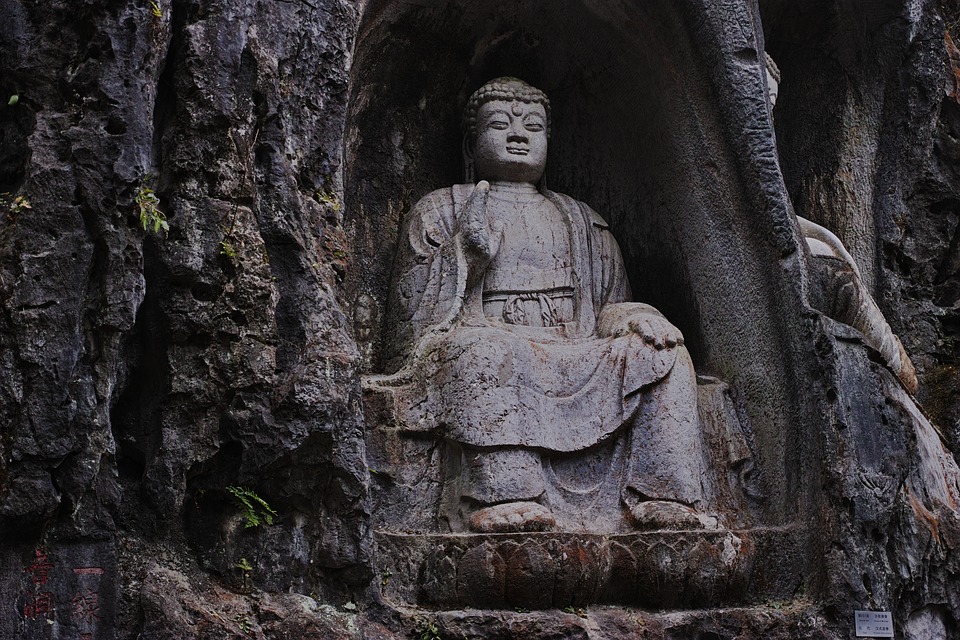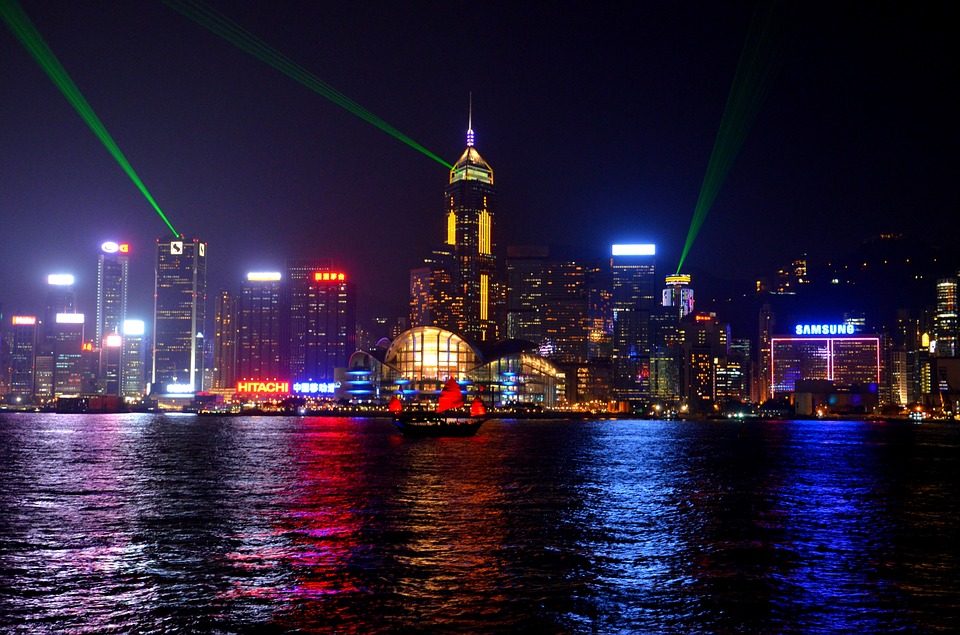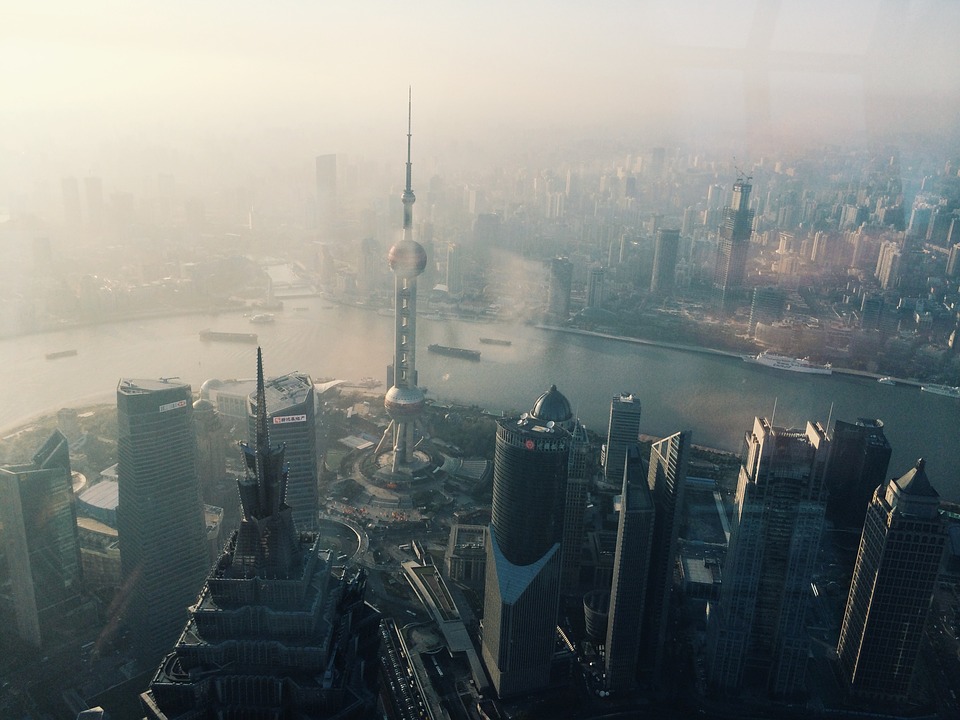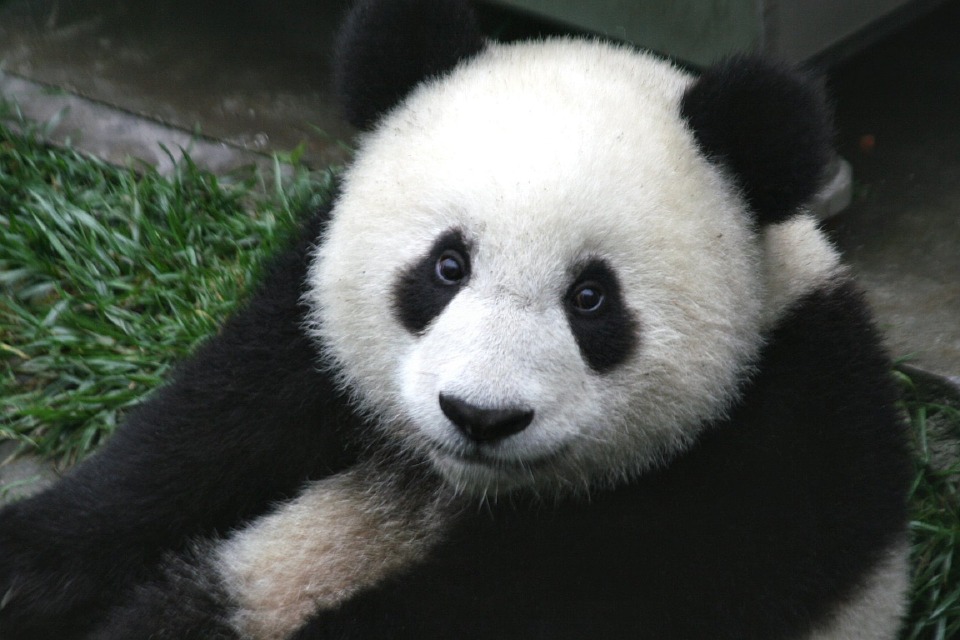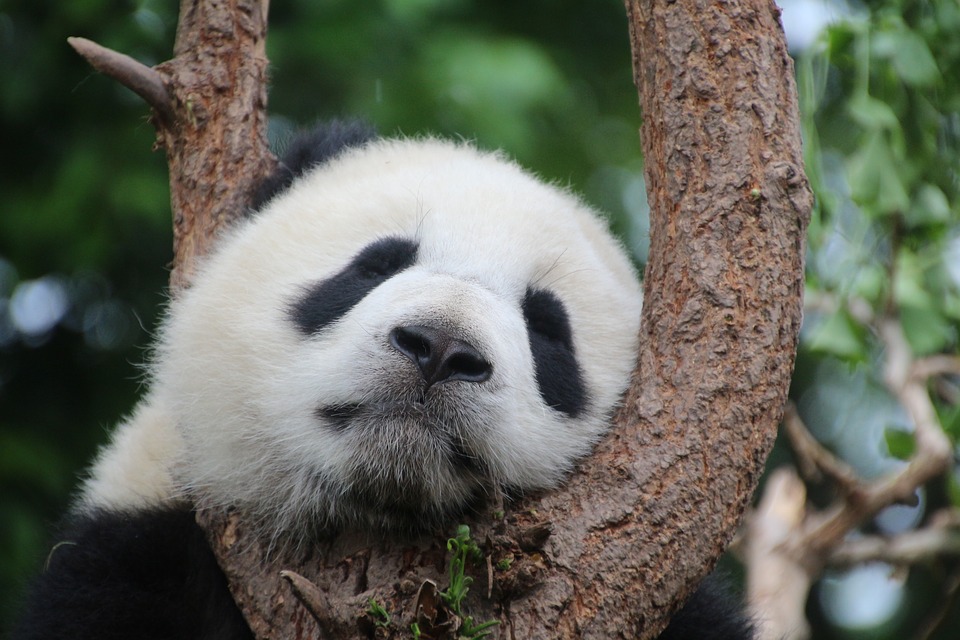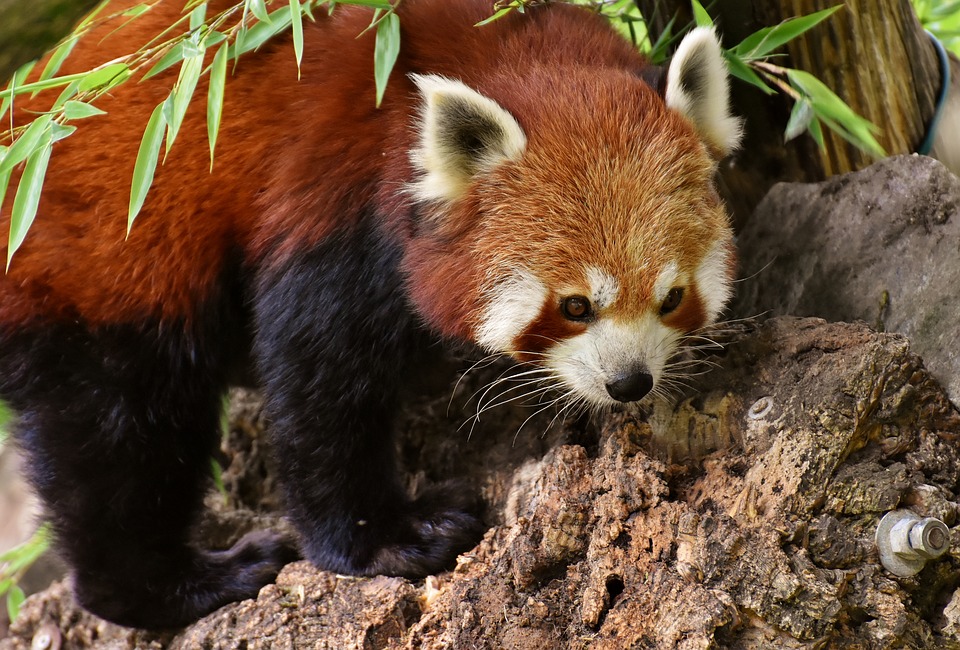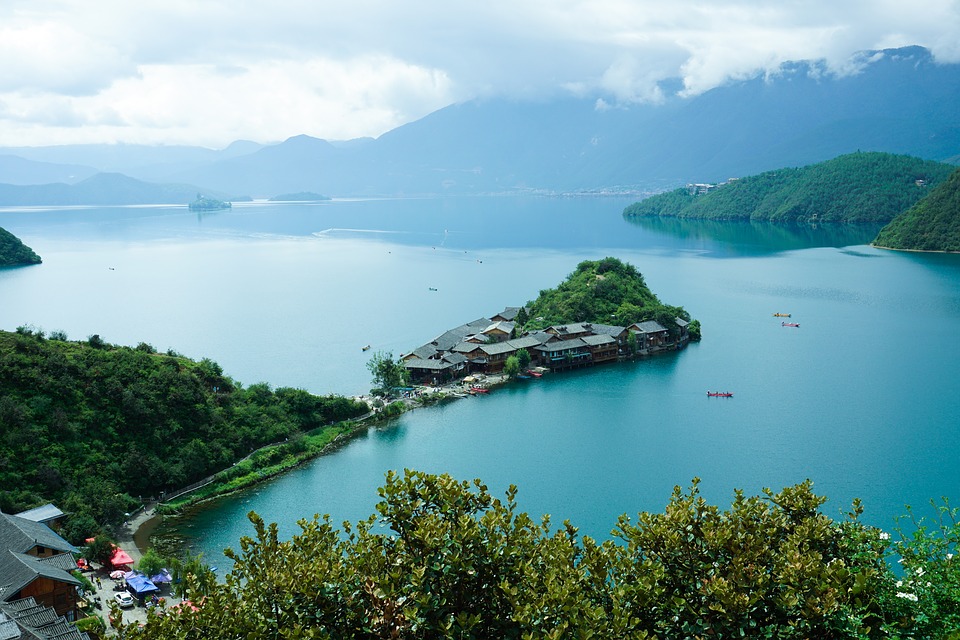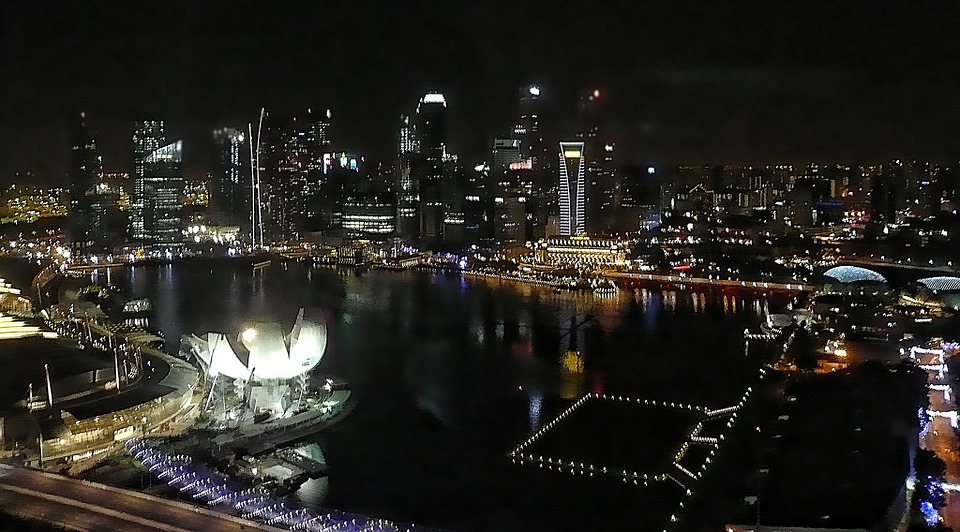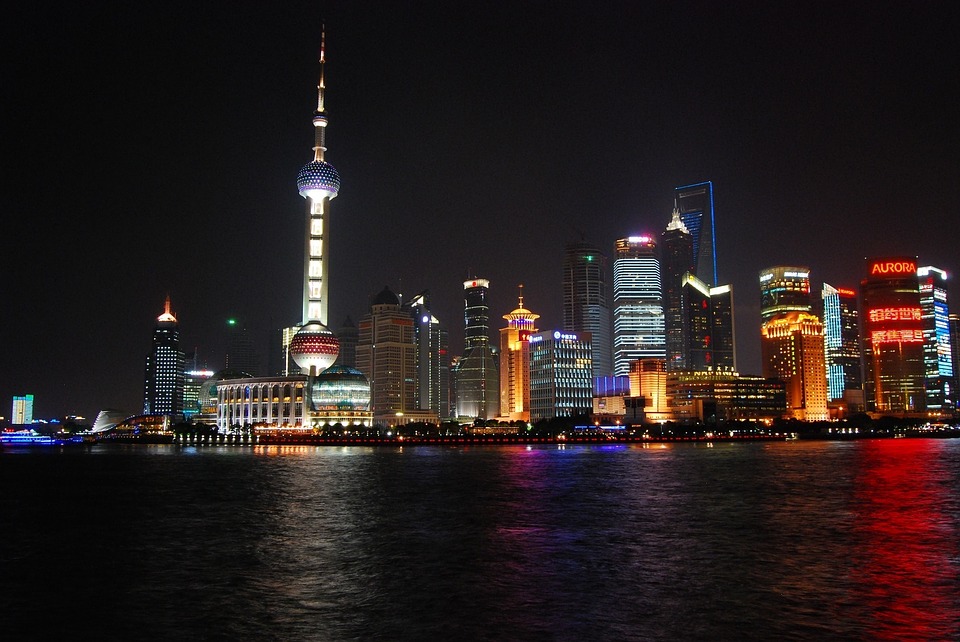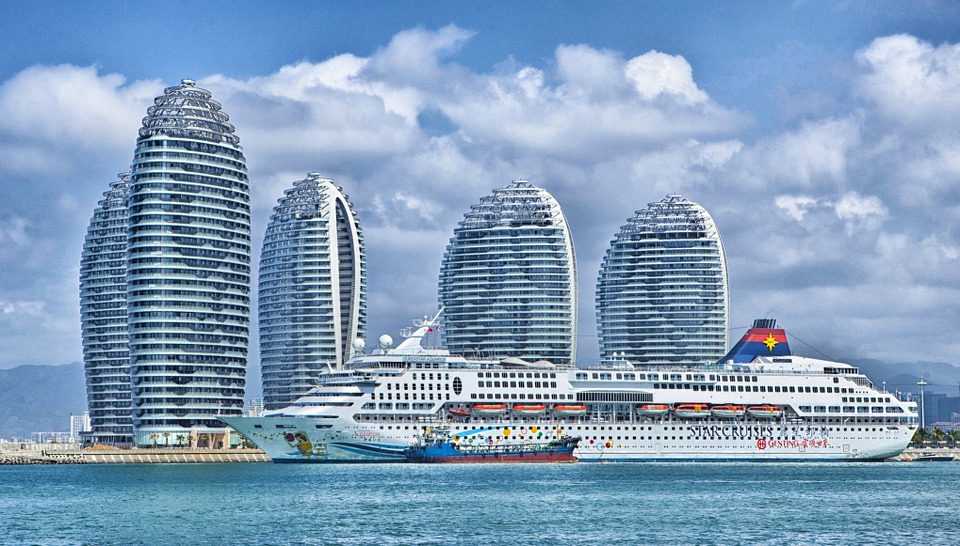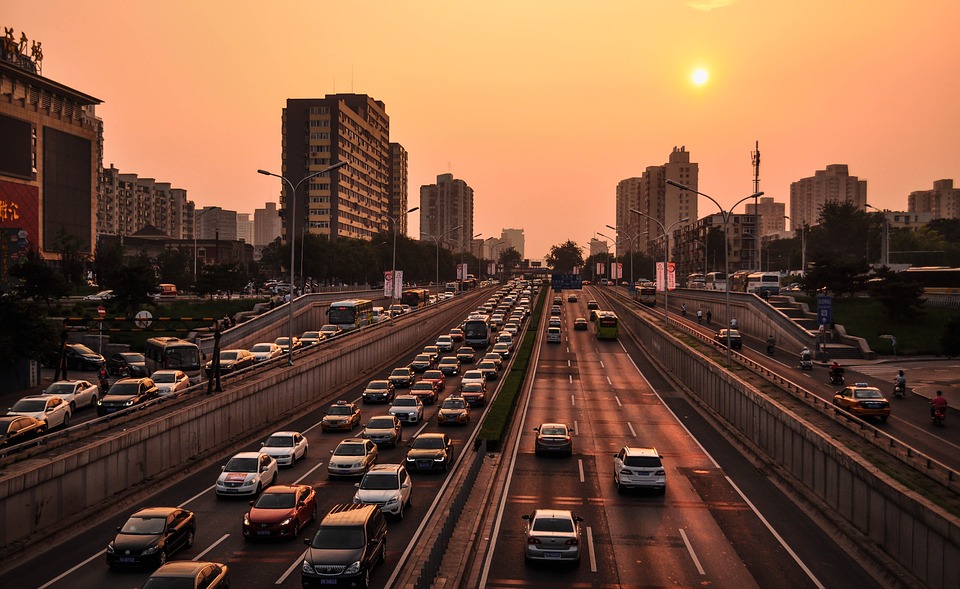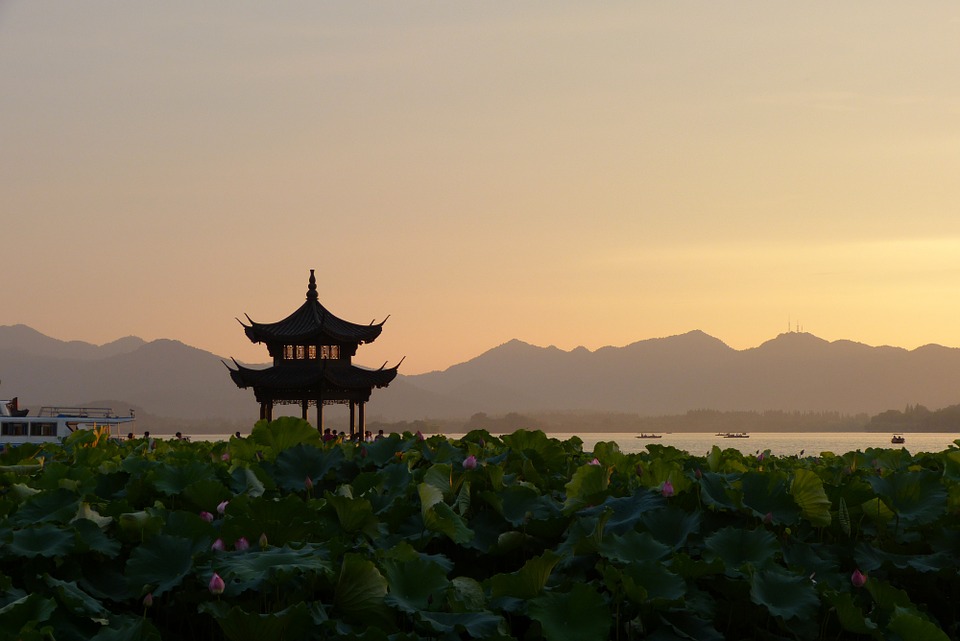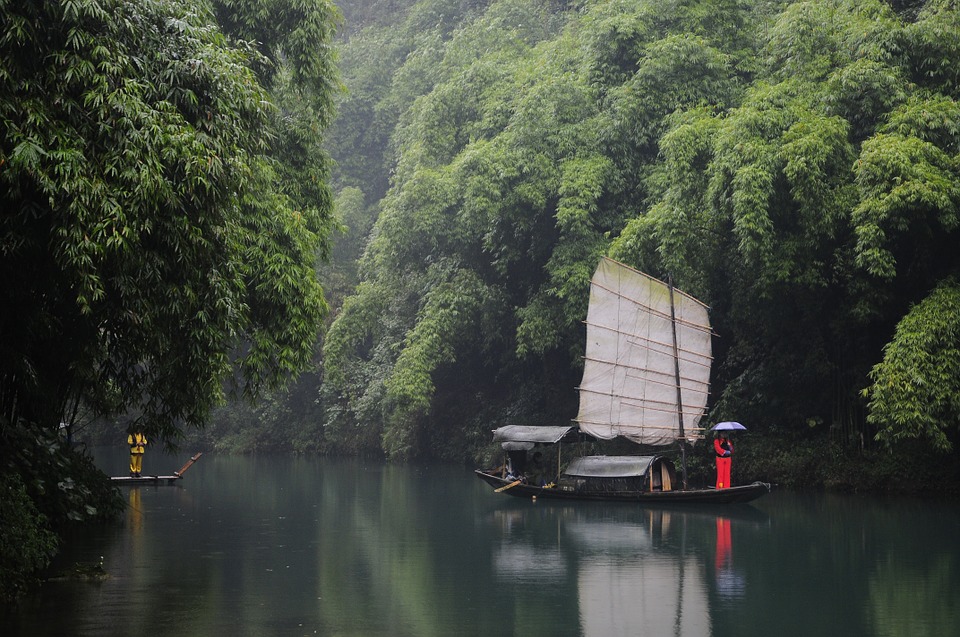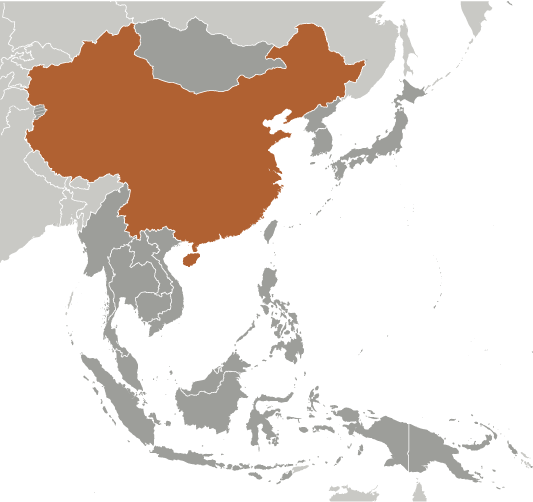China
(Zhonghua Renmin Gongheguo (People’s Republic of China))

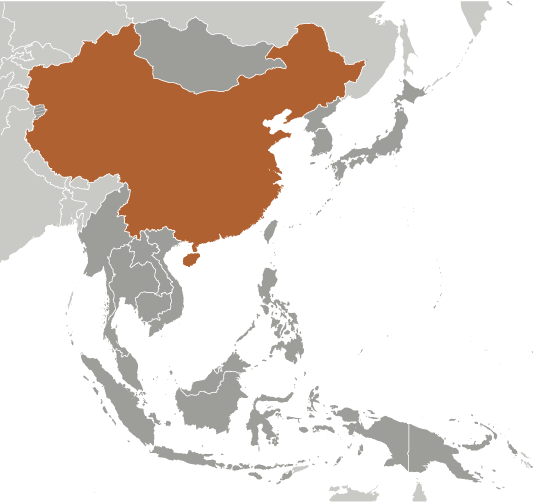
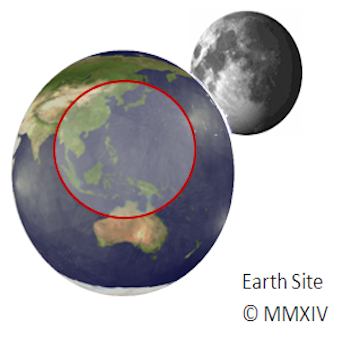
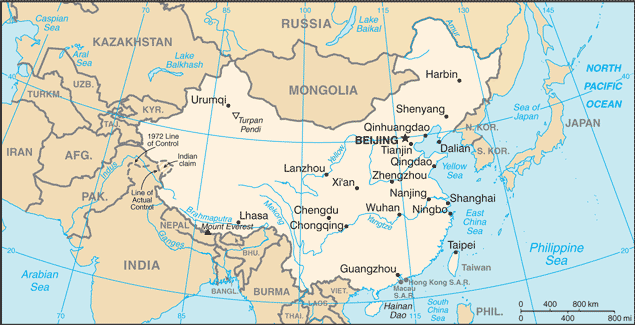
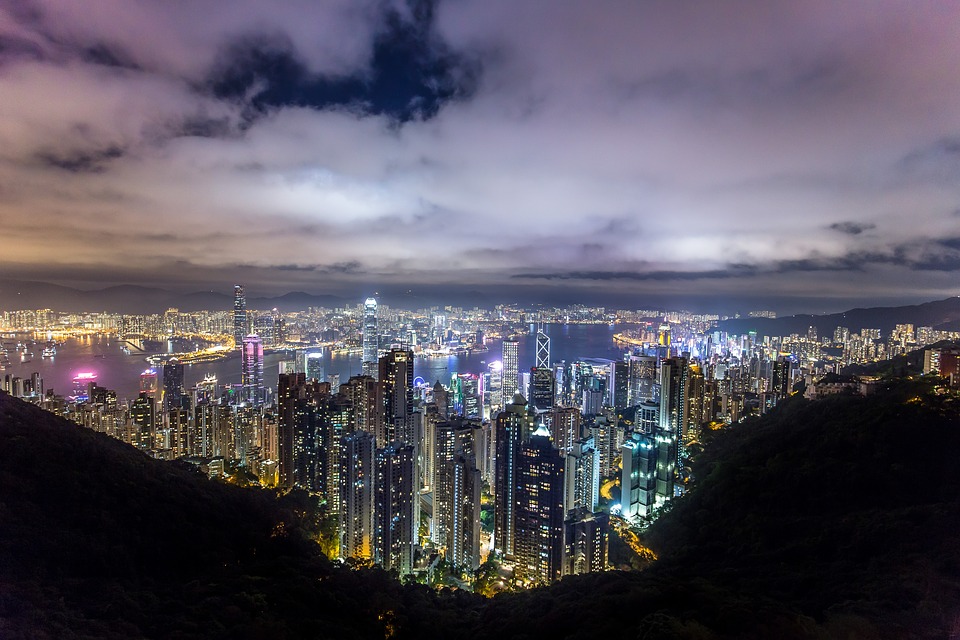
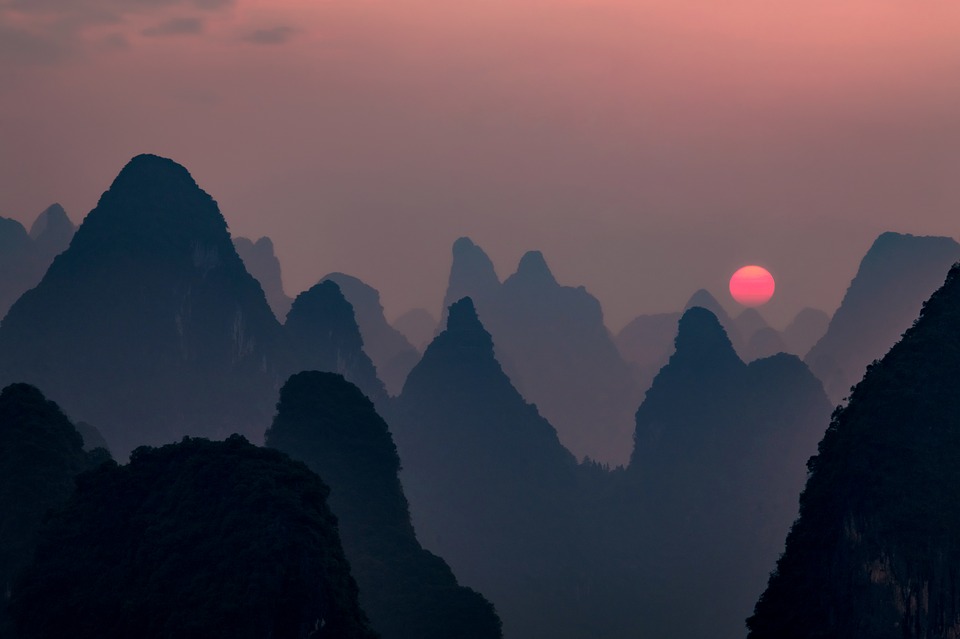
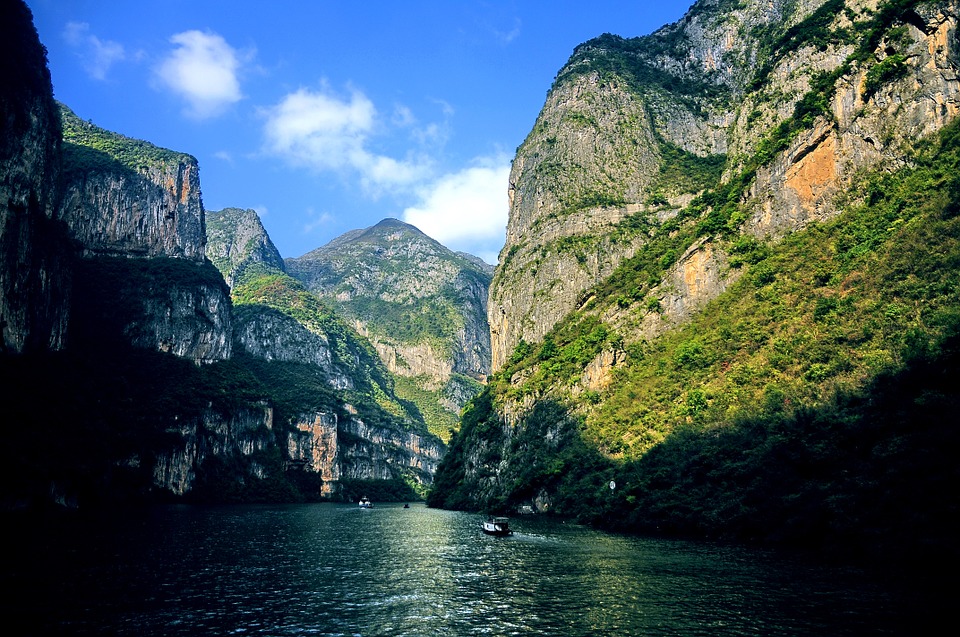
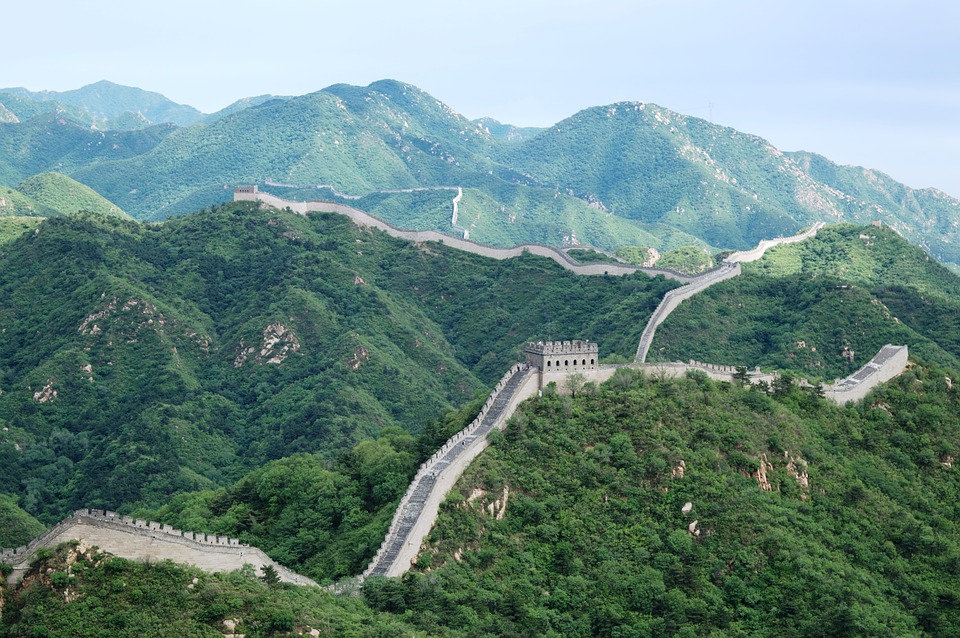
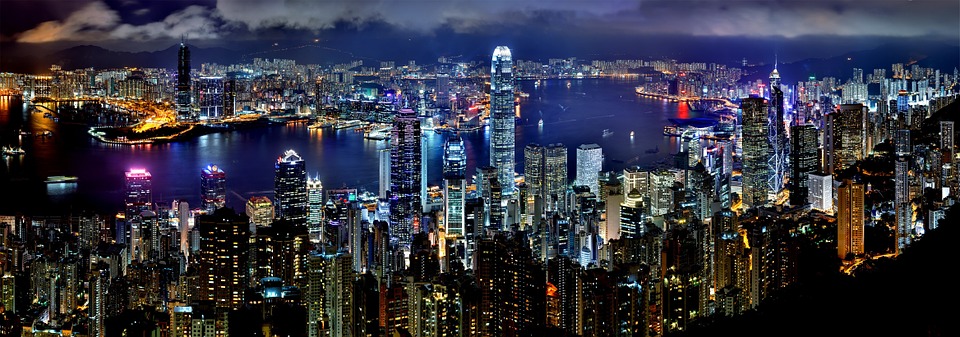


Capital of China: Beijing (Peking)
Population (Estimated July 2012): 1,343,239,923
Area: 9,572,900 km2 or 3,696,100 mi2
Currency: Renminbi (yuan) (Y)
Official Language: Mandarin Chinese
Political Information: Communist State
Official Religion: No Official Religion
Highest Mountain: Qowowuyag at 8,188m or 26,864 feet (Everest is partially in China but the peak is in Nepal)
GDP Official Exchange Rate (OER is more precise at gauging a countries economic power)
(Estimated 2011): $6.989 trillion (US$) or (GBP)
GDP (OER) Per Capita (per member of the population estimated 2011): (US$) or (GBP)
GDP Purchasing Power Parity (PPP is good for gauging living conditions and use of resources but not as accurate as OER. This data has been calculated based on the sum value of all goods and services produced in the country valued at prices prevailing in the United States)
(Estimated 2011): $11.29 trillion (US$) or (GBP)
GDP (PPP) Per Capita (per member of the population estimated 2011): $8,400 (US$) or (GBP)
Time Zone (GMT/UTC): +8:00
Counties/Provinces/States: 23 provinces (sheng, singular and plural), 5 autonomous regions (zizhiqu, singular and plural), and 4 municipalities (shi, singular and plural)
provinces: Anhui, Fujian, Gansu, Guangdong, Guizhou, Hainan, Hebei, Heilongjiang, Henan, Hubei, Hunan, Jiangsu, Jiangxi, Jilin, Liaoning, Qinghai, Shaanxi, Shandong, Shanxi, Sichuan, Yunnan, Zhejiang; (see note on Taiwan)
autonomous regions: Guangxi, Nei Mongol (Inner Mongolia), Ningxia, Xinjiang Uygur, Xizang (Tibet)
municipalities: Beijing, Chongqing, Shanghai, Tianjin
note: China considers Taiwan its 23rd province; see separate entries for the special administrative regions of Hong Kong and Macau
Leaders: Premier LI Keqiang (since 16 March 2013); Executive Vice Premiers HAN Zheng (since 19 March 2018), SUN Chunlan (since 19 March 2018), LIU He (since 19 March 2018), HU Chunhua (since 19 March 2018)
cabinet: State Council appointed by National People’s Congress
Sources: CIA World Fact Book, Encyclopaedia Britannica.
China
China, with its rich history, vibrant culture, and booming economy, holds a significant place in the world today. As the most populous country in the world and the second-largest economy, China’s influence is felt across various sectors, including politics, economics, and culture. In this blog post, we will explore the different aspects of China that make it such a fascinating and important country. From its ancient dynasties to its modern rise as a global superpower, we will delve into China’s history, culture, cuisine, natural wonders, and more.
The purpose of this blog post is to provide readers with a comprehensive overview of China’s significance in the world. By exploring various aspects of Chinese history, culture, and society, we hope to shed light on the country’s unique characteristics and its impact on the global stage. Whether you are planning a trip to China or simply interested in learning more about this fascinating country, this blog post will serve as a valuable resource.
China’s History: From Ancient Dynasties to Modern Times
China has a rich and storied history that dates back thousands of years. The country has been ruled by numerous dynasties throughout its history, each leaving its mark on Chinese culture and society. From the Xia Dynasty in 2070 BCE to the Qing Dynasty in 1912 CE, China has seen the rise and fall of many powerful empires.
In modern times, China has undergone significant changes that have shaped its current status as a global superpower. The establishment of the People’s Republic of China in 1949 marked the beginning of a new era for the country. Under the leadership of Chairman Mao Zedong, China underwent a series of political and social reforms that aimed to transform the country into a socialist state.
The Great Wall of China: A Wonder of the World
One of China’s most iconic landmarks is the Great Wall. Stretching over 13,000 miles, the Great Wall is a testament to China’s rich history and engineering prowess. Built over centuries to protect the country from invasions, the Great Wall is now a popular tourist attraction that attracts millions of visitors each year.
The Great Wall holds great significance in Chinese culture and is considered one of the Seven Wonders of the World. It is a symbol of China’s strength and resilience, as well as a reminder of its ancient history. Visitors to the Great Wall can explore various sections of the wall, each offering breathtaking views and a glimpse into China’s past.
Chinese Culture: Art, Music, and Literature
Chinese culture is renowned for its rich artistic traditions, beautiful music, and profound literature. Chinese art encompasses a wide range of mediums, including painting, calligraphy, ceramics, and sculpture. Traditional Chinese painting often features landscapes, flowers, and birds, while calligraphy is considered a highly respected art form.
Chinese music has a long history that dates back thousands of years. Traditional Chinese music is characterized by its use of unique instruments such as the guzheng (a plucked string instrument) and the erhu (a two-stringed fiddle). Chinese opera is also an important part of Chinese culture and combines music, dance, and drama.
Chinese literature has produced many famous writers and poets throughout history. From ancient classics such as “The Art of War” by Sun Tzu to modern works like “Red Sorghum” by Mo Yan, Chinese literature offers a wealth of stories and insights into Chinese society.
Chinese Cuisine: From Dumplings to Peking Duck
Chinese cuisine is known for its diverse flavours, fresh ingredients, and intricate cooking techniques. With its wide variety of regional cuisines, China offers a culinary experience like no other. From spicy Sichuan dishes to delicate Cantonese dim sum, there is something to satisfy every palate.
Some popular Chinese dishes include dumplings, Peking duck, Kung Pao chicken, and Mapo tofu. Chinese cuisine also places a strong emphasis on the balance of flavours, with dishes often combining sweet, sour, salty, and spicy elements. Whether you are a fan of spicy food or prefer milder flavours, Chinese cuisine has something for everyone.
China’s Natural Wonders: Mountains, Rivers, and Lakes
China is blessed with a diverse and breathtaking natural landscape. From towering mountains to winding rivers and serene lakes, China’s natural wonders attract millions of visitors each year. Mount Everest, the highest peak in the world, is located on the border between China and Nepal and is a popular destination for mountaineers.
The Yangtze River, the longest river in Asia, flows through China and offers stunning views of the surrounding countryside. The Li River in Guilin is known for its picturesque karst landscape and is a popular destination for river cruises. China is also home to many beautiful lakes, including the famous West Lake in Hangzhou and Lake Tai in Jiangsu.
China’s Economic Growth: The Rise of a Superpower
In recent decades, China has experienced rapid economic growth that has propelled it to become the world’s second-largest economy. This economic transformation has lifted millions of people out of poverty and has had a profound impact on the global economy.
China’s economic growth has been driven by various industries, including manufacturing, technology, and finance. The country is known as the “factory of the world” due to its large-scale manufacturing capabilities. Chinese companies such as Huawei, Alibaba, and Tencent have become global leaders in their respective industries.
Chinese Education System: A Focus on Academic Excellence
China’s education system is known for its emphasis on academic excellence and rigorous testing. The country places a strong emphasis on education as a means to social mobility and economic success. Chinese students consistently rank among the top performers in international assessments such as the Programme for International Student Assessment (PISA).
The Chinese education system is highly competitive, with students facing intense pressure to succeed academically. The Gaokao, China’s national college entrance examination, is a high-stakes test that determines a student’s future prospects. Despite the challenges, China’s education system has produced many talented individuals who have gone on to make significant contributions in various fields.
China’s Population: The World’s Most Populous Country
China is home to the largest population in the world, with over 1.4 billion people. The country’s population presents both challenges and opportunities. On one hand, China’s large population puts pressure on resources and infrastructure. On the other hand, it provides a vast consumer market and a source of skilled labor.
China has implemented various policies to manage its population, including the famous one-child policy that was in place from 1979 to 2015. While the policy helped control population growth, it also led to a gender imbalance and an aging population. China is now facing the challenge of balancing economic growth with social welfare and sustainability.
Chinese Festivals: Celebrating Tradition and Culture
Chinese festivals are an important part of Chinese culture and are celebrated with great enthusiasm and joy. These festivals are deeply rooted in tradition and offer a glimpse into China’s rich cultural heritage. From the vibrant celebrations of Chinese New Year to the solemn rituals of the Qingming Festival, each festival has its own unique customs and significance.
Chinese New Year, also known as Spring Festival, is the most important festival in China. It marks the beginning of the lunar calendar and is celebrated with fireworks, dragon dances, and family gatherings. Other popular festivals include the Lantern Festival, Mid-Autumn Festival, and Dragon Boat Festival.
China’s Future: Challenges and Opportunities in the 21st Century
Looking ahead, China faces both challenges and opportunities in the 21st century. As the country continues to grow economically and assert its influence on the global stage, it must also address various issues such as environmental degradation, income inequality, and political reform.
China’s Belt and Road Initiative, a massive infrastructure project that aims to connect Asia, Europe, and Africa, presents both economic opportunities and geopolitical challenges. The country’s technological advancements in areas such as artificial intelligence and renewable energy offer great potential for innovation and development.
In conclusion, China’s significance in the world cannot be overstated. From its ancient history to its modern rise as a global superpower, China has left an indelible mark on the world. Its rich culture, breathtaking natural wonders, delicious cuisine, and booming economy make it a country worth exploring and understanding.
As China continues to shape the world in the 21st century, it is important for us to appreciate its unique characteristics and contributions. By learning about China’s history, culture, and society, we can gain a deeper understanding of this fascinating country and its place in the world. Whether you are planning a trip to China or simply interested in expanding your knowledge, exploring China’s diverse aspects will undoubtedly enrich your understanding of this remarkable nation.
FAQs
What is China?
China is a country located in East Asia. It is the world’s most populous country with a population of over 1.4 billion people.
What is the capital of China?
The capital of China is Beijing.
What is the official language of China?
The official language of China is Mandarin Chinese.
What is the currency of China?
The currency of China is the Chinese yuan (CNY).
What is the government system of China?
China is a one-party socialist state with the Communist Party of China as the ruling party.
What is the economy of China like?
China has the world’s second-largest economy after the United States. It is a mixed economy with both state-owned enterprises and private businesses.
What are some famous landmarks in China?
Some famous landmarks in China include the Great Wall of China, the Forbidden City, the Terracotta Army, and the Yangtze River.
What is the education system like in China?
Education in China is compulsory for nine years and is divided into primary, secondary, and tertiary education. The country has a high literacy rate of over 96%.
What are some traditional Chinese festivals?
Some traditional Chinese festivals include the Chinese New Year, the Mid-Autumn Festival, and the Dragon Boat Festival.
Is China Ready for the Next Big Conflict? Analysing Its Defence Readiness
China’s defence readiness has become a focal point of global attention, particularly in the context of its rising status as a major world power. The People’s Liberation Army (PLA) has undergone significant transformations over the past few decades, evolving from a largely conventional force into a sophisticated military apparatus capable of projecting power beyond its borders. This evolution is not merely a reflection of China‘s economic growth but also a strategic response to an increasingly complex international environment. The nation’s leadership perceives military strength as essential for safeguarding its sovereignty, territorial integrity, and national interests, particularly in the face of perceived threats from regional adversaries and global powers. The Chinese government has articulated its defence strategy through various white papers and official statements, emphasising the importance of modernisation and readiness. The focus on defence readiness is underscored by China’s historical experiences, including the Opium Wars and the Sino-Japanese War, which have instilled a sense of urgency regarding national security. As tensions rise in the South China Sea and along the Taiwan Strait, the PLA’s preparedness to respond to potential conflicts is under scrutiny. This article delves into the multifaceted aspects of China’s military capabilities, geopolitical challenges, and strategic initiatives that shape its defence posture. Summary China’s defence readiness is a crucial aspect of its national security strategy, with a focus on modernisation and reform efforts. The country’s military capabilities and technology have seen significant advancements, including the development of advanced weaponry and cyber warfare capabilities. Geopolitical challenges and threats in the Asia-Pacific region have prompted China to increase its military budget and spending, raising concerns among neighbouring countries and...
Inside China’s Army: Strengths, Challenges, and Future Plans
China’s military, officially known as the People’s Liberation Army (PLA), has undergone significant transformation over the past few decades, evolving into one of the most formidable military forces in the world. One of the primary strengths of the PLA lies in its sheer size. With over two million active personnel, it boasts the largest standing army globally, complemented by a substantial reserve force. This vast manpower provides China with a significant advantage in terms of troop deployment and operational capabilities. Furthermore, the PLA has made considerable strides in enhancing its training and readiness, ensuring that its personnel are not only numerous but also well-prepared for various combat scenarios. In addition to its size, China’s military strength is bolstered by its growing technological capabilities. The country has invested heavily in modernising its armed forces, focusing on advanced weaponry and systems that enhance its operational effectiveness. The development of indigenous military technologies, such as stealth aircraft, advanced naval vessels, and sophisticated missile systems, has significantly improved China’s combat readiness. For instance, the Chengdu J-20 stealth fighter jet represents a leap forward in aerial capabilities, allowing China to project power and compete with established air forces like those of the United States. Moreover, the expansion of China’s naval fleet, including aircraft carriers and submarines, underscores its ambition to secure maritime interests and assert its influence in regional waters. Summary China’s military strengths lie in its large and well-equipped army, advanced missile capabilities, and growing naval power. Challenges faced by China’s army include modernizing its military technology, addressing internal corruption, and managing territorial disputes. China is focusing on modernization and technological advancements in...
The Cost of Defence: How Much Does China Spend on Its Military?
China’s military spending has become a focal point of international attention, particularly as the nation continues to assert its influence on the global stage. Over the past few decades, the People’s Republic of China has significantly increased its defence budget, reflecting its ambitions to modernise its armed forces and enhance its capabilities. This surge in military expenditure is not merely a reflection of national pride; it is also a strategic response to perceived threats and challenges in the region and beyond. The Chinese government has articulated a vision of a strong military that can safeguard its sovereignty, territorial integrity, and national interests, which has led to a robust investment in various military sectors. The implications of China’s military spending extend far beyond its borders. As the second-largest economy in the world, China’s financial resources enable it to allocate substantial funds towards defence, which has raised concerns among neighbouring countries and global powers alike. The rapid expansion of China’s military capabilities has prompted a reevaluation of security dynamics in Asia and has implications for international relations. The increasing budget not only supports traditional military assets but also invests heavily in advanced technologies, cyber warfare, and naval power, signalling a shift in how China perceives its role in global security. Summary China’s military spending has been steadily increasing, making it the second-largest spender in the world after the United States. When compared to other countries, China’s military budget is still significantly lower than that of the United States, but it is rapidly catching up. The breakdown of China’s defence budget shows a focus on modernizing its military capabilities, including investments in...
How China’s Military Stacks Up Against Global Powers
China’s military strength has emerged as a focal point of global attention, particularly in the context of its rapid economic growth and increasing geopolitical assertiveness. The People’s Liberation Army (PLA), which encompasses ground forces, naval units, and air power, has undergone significant transformation over the past few decades. This evolution is not merely quantitative; it reflects a qualitative shift in capabilities, driven by advancements in technology, strategic doctrine, and an ambitious modernisation agenda. As China continues to assert its influence in regional and global affairs, understanding the intricacies of its military strength becomes essential for comprehending the broader dynamics of international relations. The PLA’s development is underpinned by a clear vision articulated in various defence white papers and strategic documents. These publications outline China’s aspirations to establish a modern military that can project power beyond its borders while safeguarding national sovereignty and territorial integrity. The emphasis on technological innovation, joint operations, and enhanced training reflects a comprehensive approach to military readiness. As China navigates complex security challenges, including territorial disputes in the South China Sea and tensions with Taiwan, its military capabilities are increasingly viewed as a critical component of its national strategy. Summary China’s military strength has been rapidly growing, making it a significant player in global security. China’s military budget and expenditure are increasing, with a focus on modernizing its armed forces. China is investing heavily in military technology and innovation, including advancements in cyber warfare and space capabilities. China’s military personnel are well-trained and the country has a large reserve force, making it a formidable presence. China’s naval and air force capabilities are expanding, with a...
The Strategic Importance of China’s Military in Global Geopolitics
China’s military power has undergone a remarkable transformation over the past few decades, evolving from a largely agrarian force into a sophisticated and technologically advanced military apparatus. The People’s Liberation Army (PLA), which encompasses ground forces, naval units, air forces, and strategic missile forces, has become a central pillar of China‘s national security strategy. This evolution is not merely a reflection of increased defence spending; it is indicative of a broader ambition to assert China’s influence on the global stage. As the world’s most populous nation and the second-largest economy, China’s military capabilities are increasingly seen as a critical component of its geopolitical strategy. The historical context of China’s military development is essential to understanding its current posture. Following the end of the Cold War, China recognised the need to modernise its military to address both internal security challenges and external threats. The PLA has shifted its focus from traditional land-based warfare to a more comprehensive approach that includes naval power projection and air superiority. This shift is underscored by significant investments in advanced technologies, such as artificial intelligence, unmanned systems, and cyber capabilities, which are reshaping the nature of modern warfare. As China continues to expand its military capabilities, the implications for regional stability and global security are profound. Summary China’s military power has been rapidly modernizing and expanding in recent years, posing a significant challenge to global geopolitics. China’s military influence in the Asia-Pacific region has been growing, leading to tensions with neighbouring countries and the United States. China’s military presence in global hotspots, such as the South China Sea, has raised concerns about its assertive behaviour...
Political Boundaries of China: Provinces, Districts, or Historical Boundaries.
China, officially known as the People’s Republic of China, is the world’s most populous country and the third-largest by land area. It is a vast country with a complex political landscape that is crucial to understand in order to comprehend its governance and international relations. China’s political boundaries play a significant role in shaping its political system, economy, society, and relations with neighboring countries. This article aims to provide an in-depth analysis of China’s political boundaries and their importance. Summary China’s political boundaries are complex and have evolved over time. Provincial boundaries play a significant role in China’s political landscape. Districts are important administrative divisions within China. Historical boundaries continue to influence China’s political landscape today. Understanding China’s administrative divisions is crucial for navigating its political system. China’s Provincial Boundaries and Their Significance China is divided into 23 provinces, each with its own distinct boundaries. These provincial boundaries are of great significance in China’s political system as they determine the administrative divisions and governance structure within the country. Each province has its own government, led by a governor, who is responsible for managing the province’s affairs and implementing national policies. The provincial boundaries also have a significant impact on China’s economy and society. For example, provinces with coastal boundaries, such as Guangdong and Zhejiang, have been at the forefront of China’s economic development due to their proximity to international trade routes. These provinces have become major manufacturing and export hubs, attracting foreign investment and contributing significantly to China’s GDP. Furthermore, provincial boundaries also influence social dynamics within China. Each province has its own unique culture, dialects, and traditions, which...
Natural Resources of China: Where Natural Resources are located In China
China, with its vast land area and diverse geography, is home to a wide range of natural resources. From minerals and forests to water and agricultural resources, China’s natural wealth plays a crucial role in its economy and society. Understanding the abundance and importance of these resources is essential for sustainable development and future planning. This article provides an in-depth overview of China’s natural resources, their significance, and the challenges associated with managing them. Summary China has abundant natural resources, including minerals, forests, water, agriculture, energy, wildlife, and biodiversity. China is the world’s largest producer and consumer of coal, and also has significant reserves of rare earth metals. China’s forests cover over 200 million hectares, making it the fourth largest forested country in the world. China’s rivers, lakes, and wetlands provide important resources for agriculture, industry, and human consumption. China’s fertile land and diverse climate zones support a wide range of crops and livestock, making it a major agricultural producer. An Overview of China’s Natural Resources China is located in East Asia and has a diverse climate due to its vast land area. It stretches from the cold regions of Siberia in the north to the tropical regions of Southeast Asia in the south. This geographical diversity contributes to the wide range of natural resources found in the country. China is rich in various types of natural resources, including minerals, forests, water, and agricultural resources. The country is known for its abundant reserves of coal, iron ore, copper, and other minerals. It also has vast forests that cover approximately 22% of its land area. China’s rivers, lakes, and groundwater...
Climate Zones of China: Different climate regions Of China
China is a vast country with a diverse range of climate zones. From the tropical regions in the south to the subarctic regions in the north, China experiences a wide variety of climates due to its large size and complex topography. Understanding these climate zones is crucial for various reasons, including agriculture, industry, and daily life. By understanding the different climate zones in China, we can better prepare for the challenges and opportunities that each zone presents. Summary China has a diverse range of climate zones due to its large size and varied topography. Latitude and topography play a significant role in determining the climate zones in China. The humid subtropical climate zone is characterized by hot summers and mild winters with abundant rainfall. The tropical climate zone is characterized by high temperatures and heavy rainfall throughout the year. The subarctic climate zone is characterized by long, cold winters and short, cool summers with low precipitation. The Role of Latitude and Topography in Climate Zones Latitude and topography play a significant role in determining the climate of a particular region. Latitude refers to the distance of a location from the equator, while topography refers to the physical features of the land, such as mountains and valleys. These factors influence temperature, precipitation, and other climatic conditions. In China, latitude plays a crucial role in determining the climate zones. The southern regions of China, such as Hainan Island and Guangdong Province, are closer to the equator and therefore have a tropical climate. On the other hand, the northern regions, such as Heilongjiang Province and Inner Mongolia, are farther away from the...
History of China
China, with its rich and ancient history, has been home to numerous dynasties that have shaped the country’s culture, politics, and society. Understanding the different dynasties is crucial in comprehending the complexities of China’s past and its influence on the present. From the early dynasties of Xia, Shang, and Zhou to the last imperial era of the Qing Dynasty, each dynasty has left a lasting legacy that continues to impact China today. Summary Xia, Shang, and Zhou were the early dynasties of China. The Qin Dynasty unified China and built the Great Wall. The Han Dynasty was a golden age of Chinese culture and innovation. The Tang Dynasty saw the flourishing of Chinese art, literature, and technology. The Song Dynasty marked the emergence of a modern society in China. The Early Dynasties of China: Xia, Shang, and Zhou The Xia Dynasty, believed to be the first dynasty in Chinese history, ruled from around 2070 to 1600 BCE. While there is limited archaeological evidence to support its existence, the Xia Dynasty is significant as it laid the foundation for subsequent dynasties. The Shang Dynasty followed the Xia Dynasty and ruled from around 1600 to 1046 BCE. The Shang Dynasty is known for its advancements in bronze casting, writing system, and social hierarchy. It was during this period that oracle bones were used for divination purposes. The Zhou Dynasty succeeded the Shang Dynasty and lasted from 1046 to 256 BCE. The Zhou Dynasty is often referred to as the “Golden Age” of Chinese civilization. It was a time of great intellectual and cultural development. Confucianism and Daoism emerged during this period,...
Cultural or Historical Sites of China: Important Cultural Landmarks or Historical Sites In China
China is a country with a rich cultural heritage and iconic landmarks that have captivated the world for centuries. From the majestic Great Wall to the intricate Forbidden City, these landmarks offer a glimpse into China’s fascinating history and culture. In this article, we will explore some of China’s most famous landmarks, including the Great Wall, the Forbidden City, the Terracotta Army, the Temple of Heaven, the Summer Palace, the Potala Palace, the Mogao Caves, the Shaolin Temple, the Yellow Mountains, and the Three Gorges Dam. Summary The Great Wall of China is a cultural icon that spans over 13,000 miles. The Forbidden City offers a glimpse into China’s imperial past with its stunning architecture and historical artifacts. The Terracotta Army showcases China’s military might with its thousands of life-sized soldiers and horses. The Temple of Heaven is a sacred site where emperors once prayed for good harvests and prosperity. The Summer Palace was a majestic retreat for emperors and empresses, featuring beautiful gardens and pavilions. The Great Wall of China: An Iconic Cultural Landmark The Great Wall of China is perhaps one of the most recognizable landmarks in the world. Built over centuries to protect China from invasions, it stretches over 13,000 miles and is a testament to China’s rich history and engineering prowess. The wall was constructed using various materials such as stone, brick, wood, and earth and was fortified with watchtowers and battlements. There are several popular sections of the Great Wall that visitors can explore. The Badaling section is one of the most well-preserved and easily accessible sections. It offers stunning views of the surrounding...
Population Density of China
China is the most populous country in the world, with a population of over 1.4 billion people. With such a large population, it is important to understand the concept of population density and its implications for the country. Population density refers to the number of people living in a specific area, usually measured in terms of persons per square kilometer. In China, population density varies greatly across different regions, with some areas being densely populated while others are sparsely populated. Understanding population density is crucial for policymakers and planners to effectively manage resources, infrastructure, and social services. Summary China has the largest population in the world, with a population density of 146 people per square kilometre. China’s population density has been steadily increasing over the past century, with a significant spike in the 1950s and 60s due to the baby boom. There are significant regional variations in population density across China, with the eastern coastal regions being the most densely populated. Factors affecting population density in China include economic development, urbanization, and government policies. Urbanization has been a major driver of population density in China, with over half of the population now living in cities. Historical Trends in China’s Population Density China has a long history of population growth and decline. In ancient times, China’s population was relatively stable due to limited resources and technological constraints. However, with advancements in agriculture and technology, population growth began to accelerate during the Tang Dynasty (618-907 AD). This trend continued until the 20th century when China experienced rapid population growth due to improvements in healthcare and living conditions. Factors contributing to population...
Terrain and Topography of China: mountains, valleys, and plains.
China, the world’s most populous country, is known for its vast and diverse terrain. From towering mountain ranges to expansive plains, lush valleys to unique karst landscapes, China’s topography is as varied as its culture and history. Understanding China’s terrain and topography is crucial for comprehending the country’s development, agriculture, and even its art and literature. In this article, we will explore the different types of landscapes in China and delve into their significance. Summary China’s terrain and topography are diverse and varied, ranging from mountains and plateaus to plains and deserts. The majestic mountain ranges of China, including the Himalayas and Kunlun Mountains, have played a significant role in shaping the country’s history and culture. The great plains of China are a land of abundance, providing fertile soil for agriculture and supporting a large population. The lush valleys of China are a haven for agriculture, with rice paddies and tea plantations dotting the landscape. The unique karst landscapes of China, found in areas such as Guilin and Yangshuo, are characterized by limestone formations and stunning natural scenery. The Majestic Mountain Ranges of China China is home to some of the most majestic mountain ranges in the world. The Himalayas, located in the southwest of China, are the highest mountain range on Earth and serve as a natural border between China and Nepal. These towering peaks have not only shaped the physical landscape of the region but also influenced Chinese culture and spirituality. Mount Everest, the highest peak in the world, is located in the Himalayas and attracts climbers from all over the globe. Another famous mountain range in...
